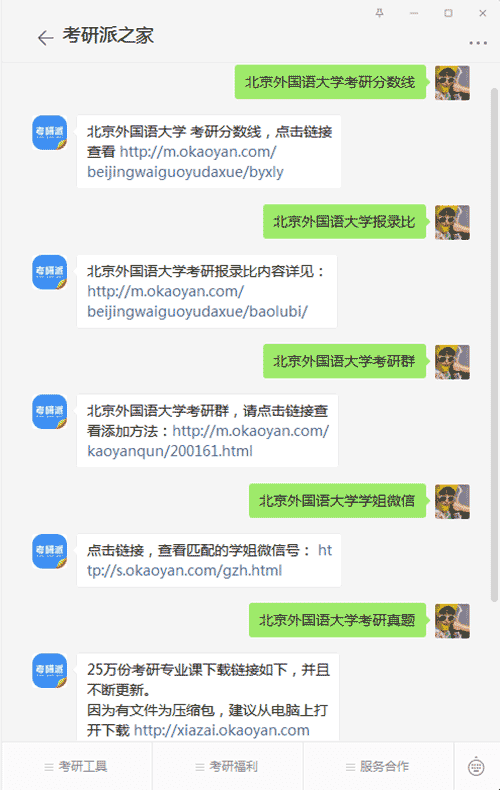北京外国语大学翻译学研究生辅导
微信搜索公众号“考研派之家”,关注【考研派之家】微信公众号,在考研派之家微信号输入【北京外国语大学考研分数线、北京外国语大学报录比、北京外国语大学考研群、北京外国语大学学姐、北京外国语大学考研真题、北京外国语大学专业目录、北京外国语大学排名、北京外国语大学保研、北京外国语大学公众号、北京外国语大学研究生招生)】即可在手机上查看相对应北京外国语大学考研信息或资源。
找研究生辅导

北京外国语大学翻译学研究生辅导 对考生来说,是一个非常重要的高效考研方法,北京外国语大学翻译学研究生辅导,研究生会根据情况提供部分考研资料等,并根据学员的情况制定复习计划和划出考研的重难点,并有答疑解惑的课程设置,让你的学习更有效率,尤其是学长学姐更了解本专业导师的一些情况,历年出题的规律,会让你的备考事半功倍,花更少的时间取得更多的成绩进步。最后考研派祝您如愿考取翻译学的研究生。
因为北京外国语大学翻译学专业研究生数量有限,愿意做考研辅导的数量不确定,请加我们顾问的微信进行咨询和确认,抢先预订研究生,以免错失研究生辅导机会。
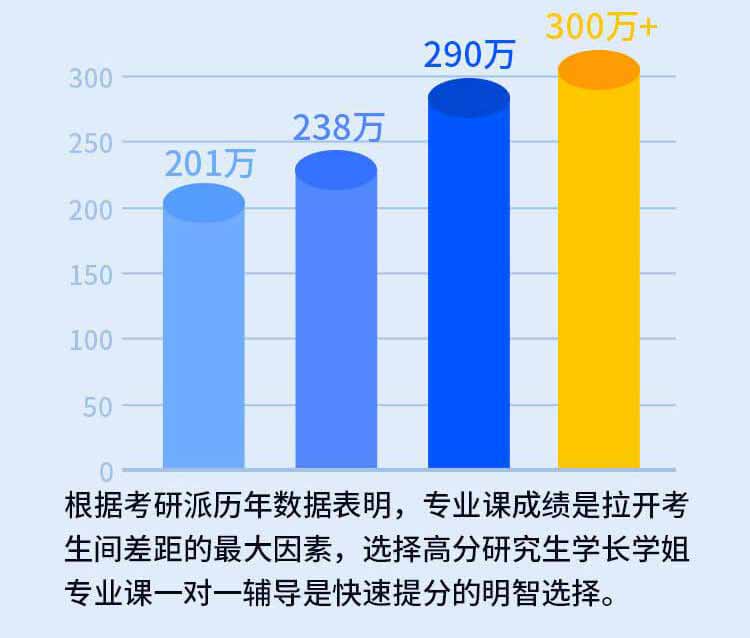
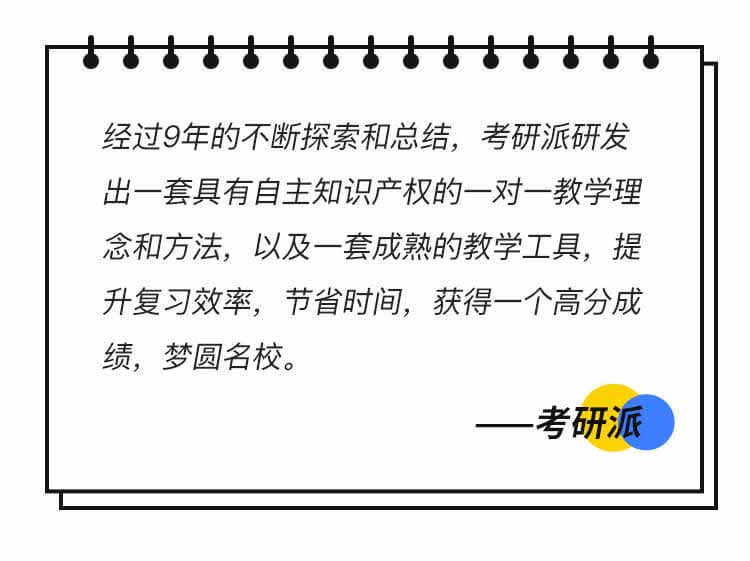
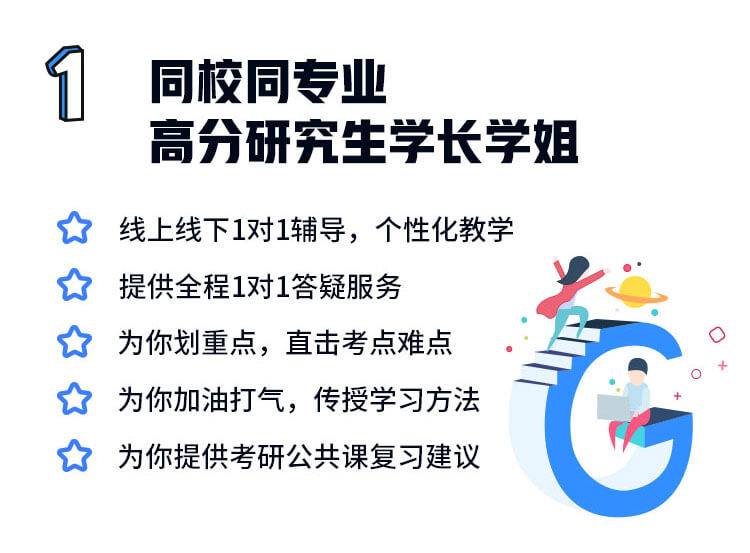
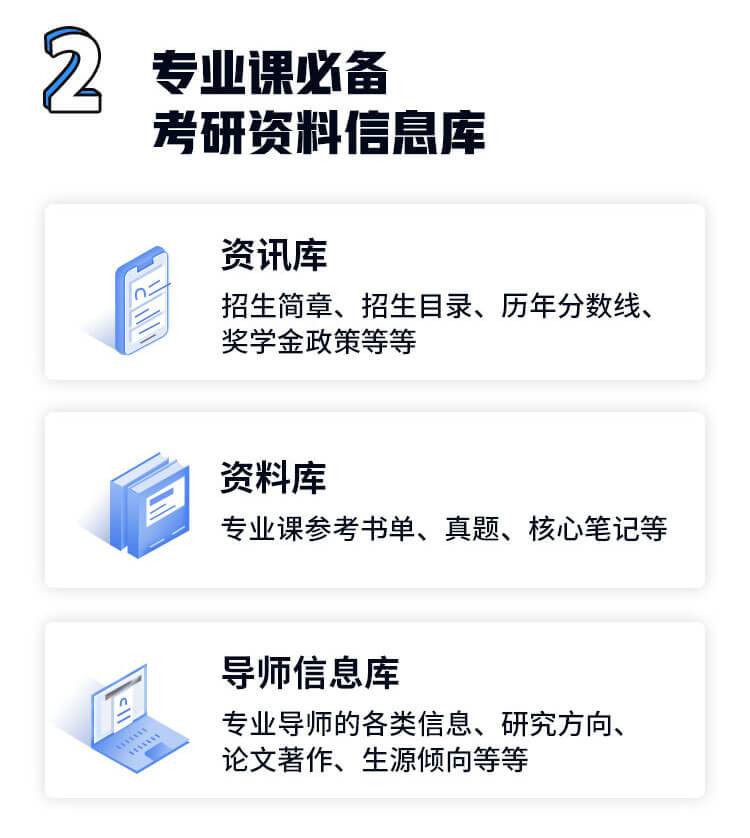
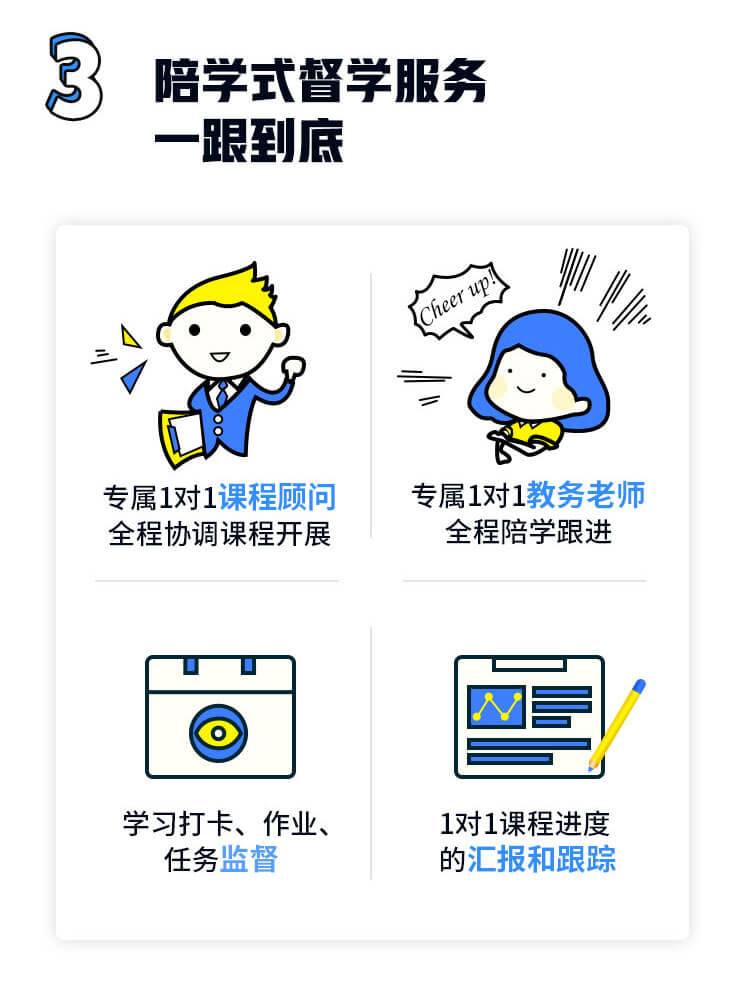
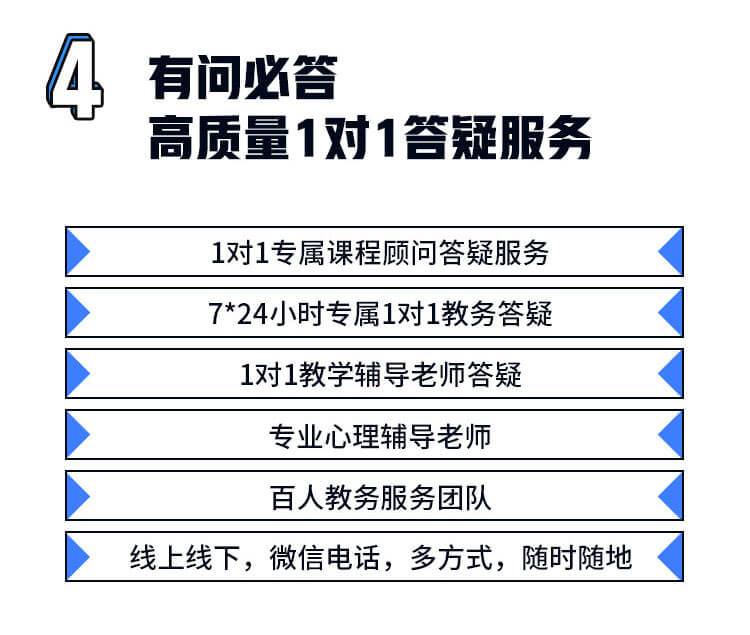
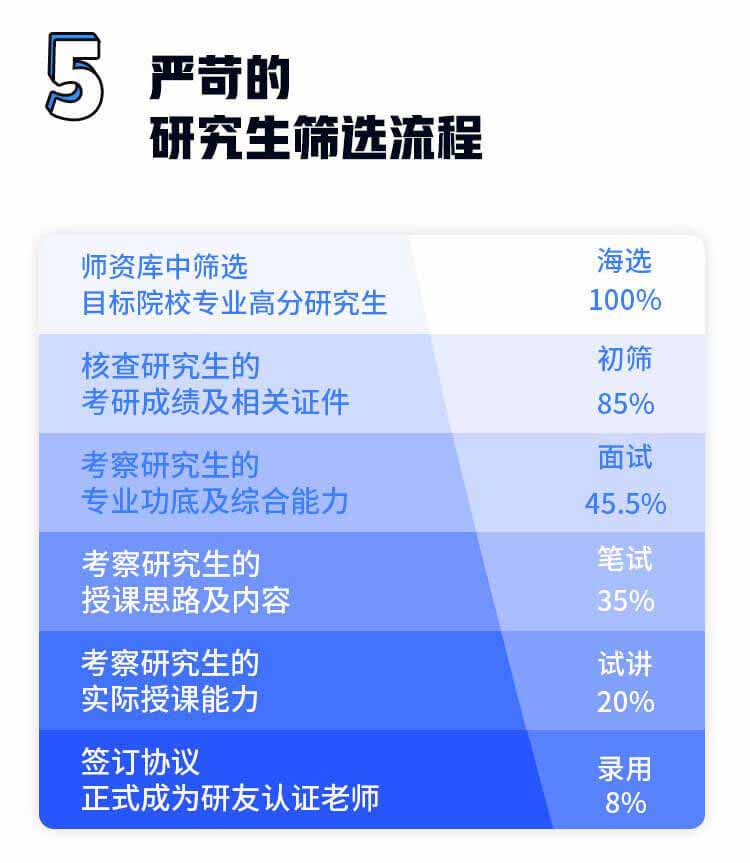
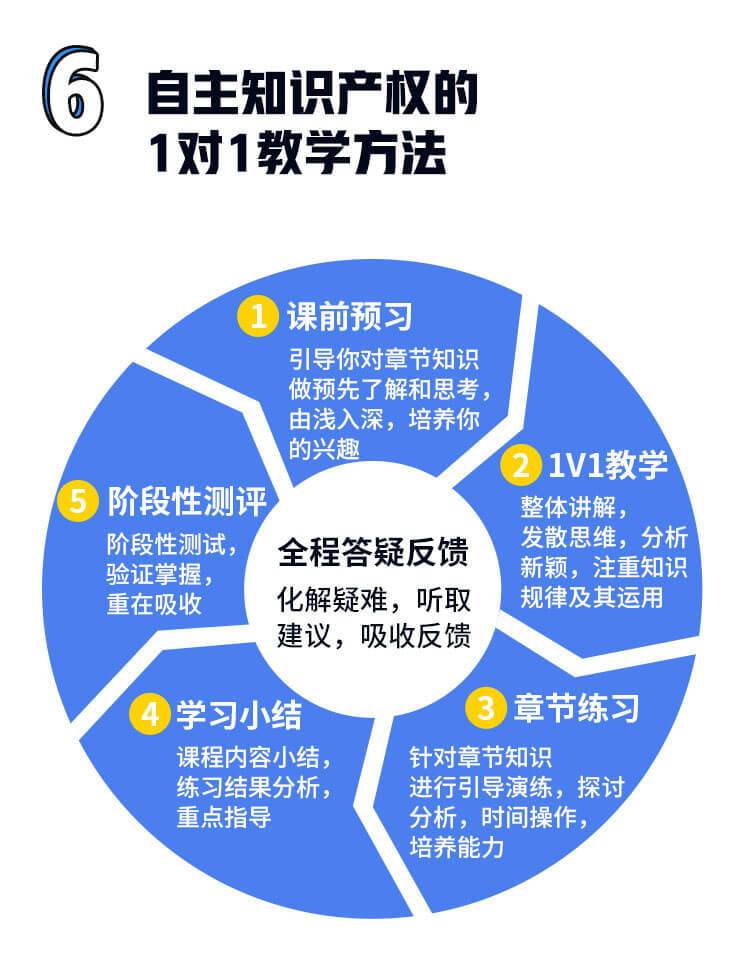



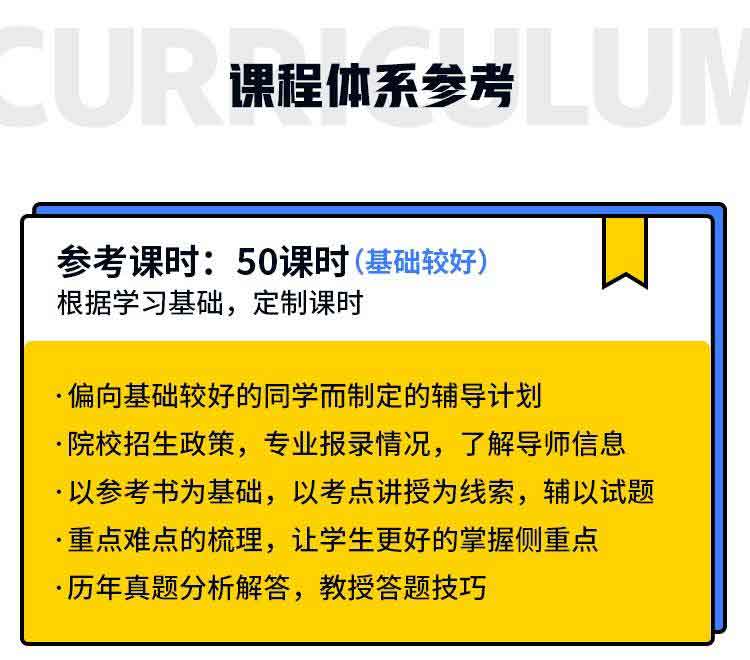
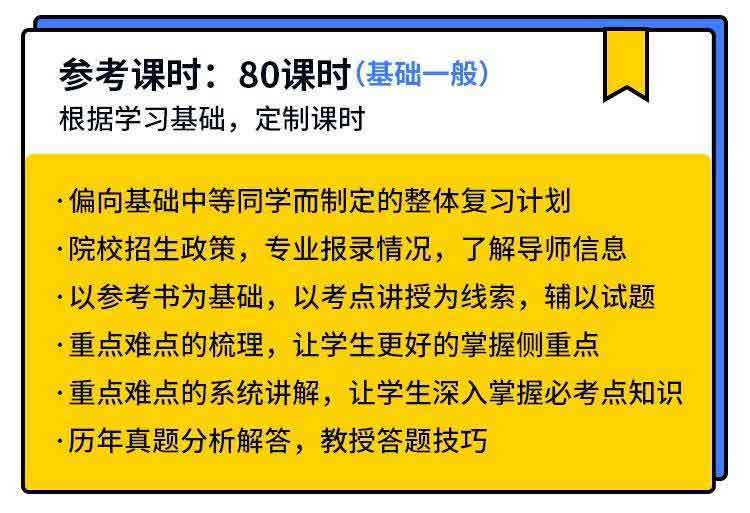
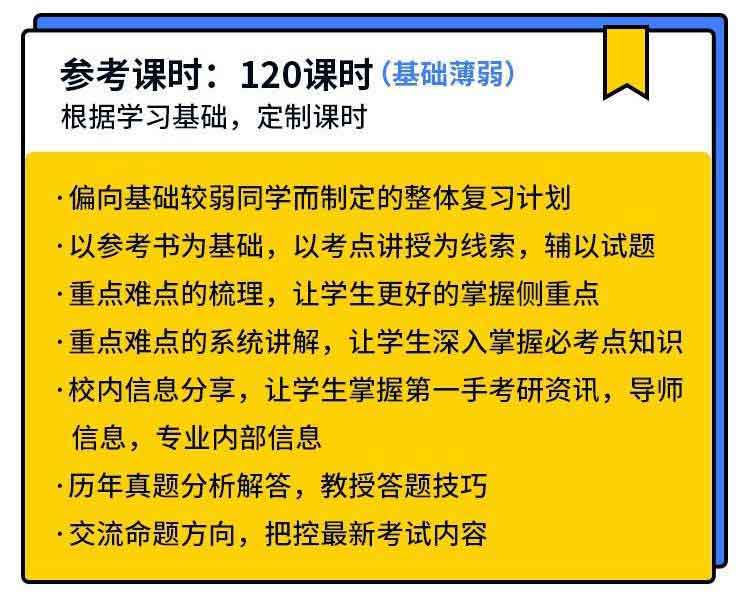
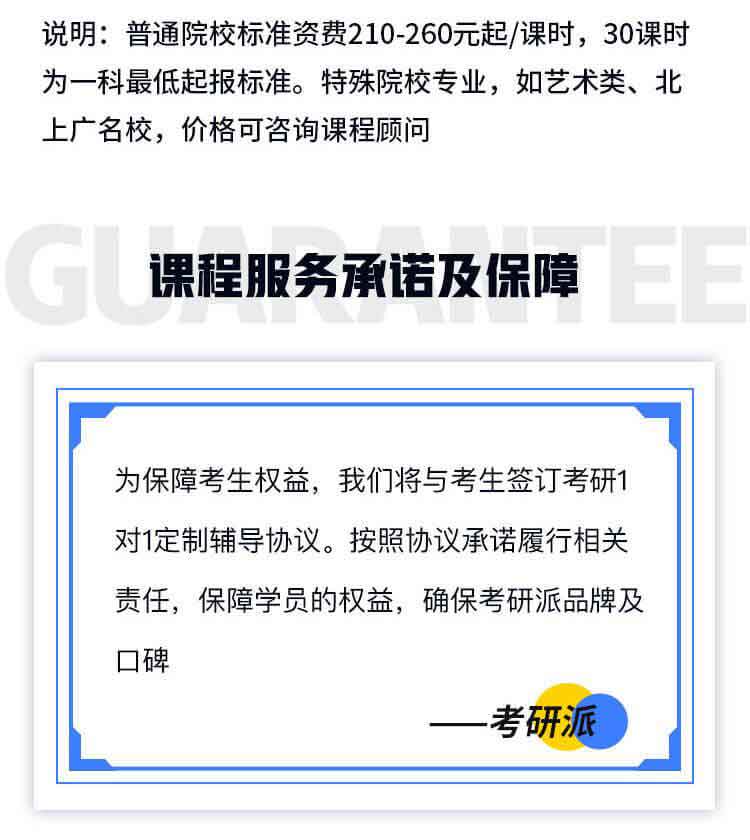
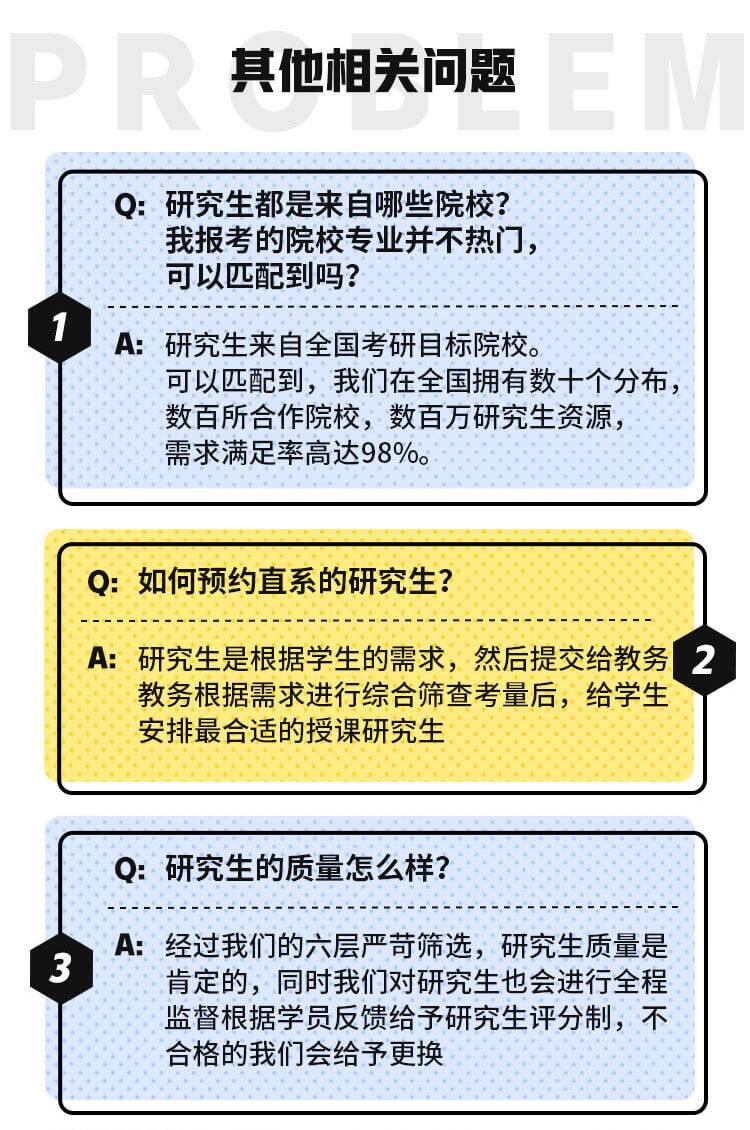
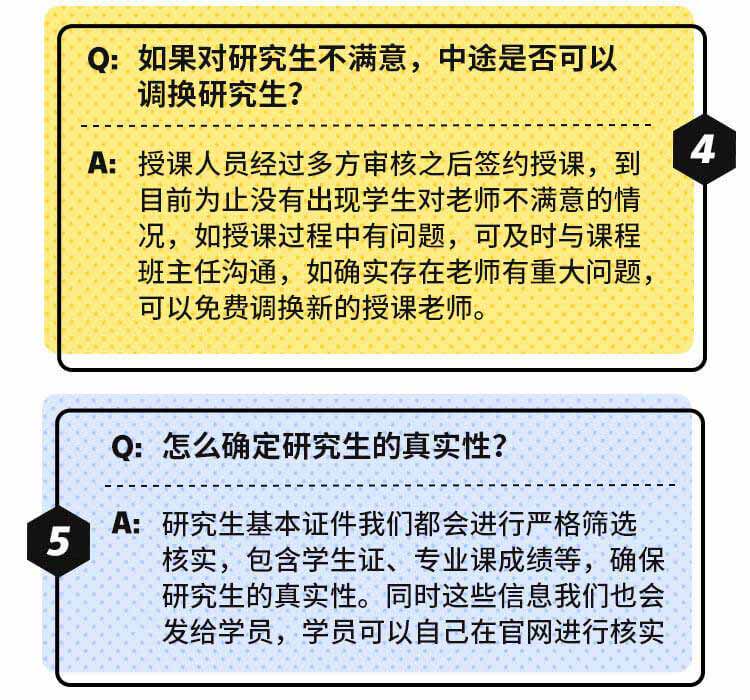
研究生为你答疑,送资源

北京外国语大学
北京外国语大学翻译学专业考研录取分数线对于考生来说是一个非常重要的数据信息,因为研究生录取分数线直接就决定了考生需要考取考多少分才能达到成功被院校录取的一个最低标准,这也是考生在备考过程中的一个奋斗的目标和计划的基准。另外,考研录取分数线也是考生在前期择校、择专业的一个判断依据,如果考研录取分数线过高的话,对于基础相对较差的考生就会有一定的难度,考生可以进行自我衡量能否达到最低分数的要求而进行合理的选择。如果北京外国语大学翻译学考研录取分数线(尤其是历年分数线和复试分数线)相对而言较低的话,对于考生来说成功的几率就会比较大,备考过程也会相对的容易。考生获取北京外国语大学翻译学分数线的途径有很多:研究生官网上通常会有详细的历年分数线情况,考研网站、论坛上也会有相关的资源。考研派的中就为大家总结了详细的北京外国语大学翻译学录取分数线情况,以供大家选择使用。最后考研派祝您如愿考取翻译学的研究生。

北京外国语大学高级翻译学院翻译学专业英汉互译题型说明
北京外国语大学高级翻译学院翻译学专业英汉互译题型说明:- 英译汉(40分)
- 英语原文题材:非文学类;
-
英语原文字数:300-350个单词左右。
- 汉译英(40分)
- 汉语原文题材:文学文化类;
-
汉语原文字数:300-350个汉字左右。
- 汉英编译(20分)
- 汉语原文题材:新闻类;
- 汉语原文字数:1000个汉字左右;
-
编译成英文的字数要求:限250个英文单词以内。
- 翻译理论(50分)
- 行文语言:英语;
- 题目内容:要求对某一翻译理论、翻译思想、翻译学说等进行评论,并阐明自己对该问题的观点;
-
答题字数:要求不低于350个英语单词。
2016年北京外国语大学翻译学考研招生人数
| 专业 | 招生人数 |
| 代码及名称 | |
| 0502Z2翻译学 | 9 |
北京外国语大学高级翻译学院复语口译专业学位的介绍
复语口译专业学位课程(MTI)复语型翻译是指译员至少掌握三门语言,即A语言、B语言和C语言或者A语言和至少两门C语言,并能应用这三门语言从事会议同声传译和其它类型口笔译工作。复语型翻译在欧盟范围内广泛应用,主要得益于欧盟的多语言环境和对多语种翻译的需求。随着一带一路倡议的提出以及中国在世界经济和政治事务中发挥越来越重要的作用,中国近年对复语型翻译人才的需求不断增加,国际组织和欧盟对汉语为A语言的复语型翻译人才的需求也在不断增加。
北京外国语大学高级翻译学院于2007年设立复语同声传译专业方向,旨在培养复语型会议口译人才,以弥补国内复语型翻译人才的缺口。目前该方向涵盖德语、法语、俄语、西班牙语、韩语、阿拉伯语、日语、泰语8个语种,并吸引了来自德国、加拿大和西班牙的留学生,培养目标是能够从事以汉语、英语和相应小语种口笔译工作的复语型会议口译人才。
复语方向的学生,两年在高翻学院学生英汉翻译,一年到相应语系学习小语种和汉语之间的翻译。
复语方向的课程均包括必修课和选修课,需要修满55学分。
北京外国语大学高级翻译学院的介绍
学院一直同联合国机构和其他国际组织保持密切关系,多次为联合国承办中文语言类竞争考试的预选工作,为WTO中国项目举办翻译培训班,定期邀请联合国各机构翻译负责人和译员来院举办讲座,每年组织在校生赴国际劳工组织、世界卫生组织、联合国总部和办事处担任实习译员。2001年至今,毕业生中已有40余人通过联合国口笔译考试,对联合国新增中文译员的贡献率超过40%。
学院拥有卓越的实践型翻译师资团队,26名专职教师中,不少都在联合国纽约总部、日内瓦欧洲办事处、联合国教科文组织、国际劳工组织和世界卫生组织等机构从事过口、笔译工作,拥有累计超过20,000场会议口译经验,为习近平、李克强、温家宝、汪洋、刘云山、张高丽、回良玉、刘延东、马凯等党和国家领导人及上百位外国元首或政府首脑提供过口译,参与了我国众多重大国际交往活动。
近年来,高翻学院积极响应北京外国语大学世界一流翻译学科建设战略规划,提出人才培养与科学研究并举的发展战略,在创新教学模式基础上,积极加强科学研究,产出了一批重要科研成果。2017年至今,高翻学院获批多项国家及省部级科研项目,发表SSCI、A&HCI、CSSCI等核心刊物论文数十篇,专著、译著、教材十多部,为学校外国语言文学世界一流学科建设作出了重要贡献。
学院每年招收翻译学学术型和应用型硕士研究生及翻译学博士研究生。学术型硕士专业方向包括口译理论与实践、翻译与跨文化研究,学制3年;应用型硕士专业方向包括复语口译、中英同声传译(学制3年)、中英会议口译和中英口笔译(学制2年)。博士研究生专业方向包括口译研究、翻译研究等,学制3-6年。学院在读研究生(包括留学生)稳定在200余人。学生在读期间有机会到国际组织和专业翻译机构实习,毕业后的就业去向主要是国家各部委、省市外办、跨国公司、大型国企、国有银行和高校等。
2008年5月8日,学院加入国际大学翻译学院联合会(CIUTI),是CIUTI首个中国会员。
学院设有教师教学发展中心、科研创新中心、实习实践中心,以及亚太翻译培训中心,旨在促进教学、科研、社会服务的一体化。亚太翻译培训中心承接对外培训任务,已为中国外文出版发行事业局、香港恒生大学、澳门政府、新加坡南洋理工大学、广西壮族自治区政府、中国农业银行总行、中石油西南油气田公司、中铝公司等提供定制培训课程。
Founded in 1994, the Graduate School of Translation and Interpretation (GSTI) at Beijing Foreign Studies University is the first graduate school for translation studies established in China. The GSTI grew out of the United Nations Training Program for Translators and Interpreters founded in 1979. The school has produced a vast array of experts in translation and interpretation. By 2018, the United Nations Training Program and the GSTI had trained 1,800 professionals for the United Nations and other international organizations, and government bodies in China.
Well-known alumni include Mr Cui Tiankai, Chinese Ambassador to the United States; Mr Liu Jieyi, former Permanent Representative of China to the United Nations and current director of the TaiwanAffairs Officeof the Communist Party of China Central Committee and the Taiwan Affairs Office of the State Council; Mr He Yafei, former ambassador of China to United Nations Office at Geneva and representative of other international organizations in Switzerland, and formerDeputy Minister of Foreign Affairs; Mr Zhang Jianmin, former Director General of the Department of Translation at the Ministry of Foreign Affairs and current Chinese Ambassador to the Czech Republic; Ms Zhang Qiyue, current Ambassador to Greece; Mr Pang Sen, former Ambassador to the Islamic Republic of Iran; Mr Zhang Junsai, former Ambassador to Canada; Mr Qiu Xuejun, former Ambassador to the Republic of Namibia; Professor Qin Yaqing, former Party Secretary and President of China Foreign Affairs University; Professor Zhang Weiwei, Dean of the China Institute at Fudan University; Professor Bao Chuanyun, former Dean of the Graduate School of Translation and Interpretation, and Language Education of the Monterey Institute of International Studies, and Deputy Director of the China Academy of Translation; Li Zhengren, former Director of the Interpretation Division of the Department for General Assembly and Conference Management of the United Nations Office at Geneva; and Ms Zhu Tong, former interpreter for the Ministry of Foreign Affairs and current president of Deutsche Bank China.
GSTI has long maintained close ties with UN agencies and other international organizations. The school has conductedpre-selections for UN Chinese languagecompetitiveexaminations, held training sessions for the China-WTO translator training program, and regularly invited translators and interpreters from various UN agencies to give lectures. Each year, students are given the opportunity to work as an intern translators or interpreters at the International Labor Organization, the World Health Organization, and the Headquarters and Offices of the United Nations. Since 2001, more than 40 graduates have passed the United Nations language examinations, accounting formore than 40%of the successful candidates for Chinesetranslators and interpretersat the United Nations.
The GSTI boasts an exceptional,practice-orientedfaculty, including 26 full-time teachers, many of whom have worked as translators or interpreters for the UN Headquarters in New York, the UN Office at Geneva, UNESCO, the ILO and the WHO. Having interpreted at over 20,000 conferences in total, they have participated in numerous international exchanges of China and interpreted for hundreds of Chinese and foreign heads of state and government, such as Xi Jinping, Li Keqiang, Wen Jiabao, Wang Yang, Liu Yunshan, Zhang Gaoli, Hui Liangyu, Liu Yandong and Ma Kai.
In recent years, GSTI has responded positively to the strategic planning of the university to establish a world-class translation discipline, with a development strategy that combines professional training with scientific research. The school has actively strengthened research and produced a number of important outcomes on the basis of its innovative teaching model. Since 2017, the GSTIhas beenapproved to undertake a number of national and provincial research projects, and has published dozens of articles in SSCI, A&HCI and CSSCI journals. It has also published more than 10 monographs, translations and textbooks.
Each year, the GSTI admits master's degree students majoring in translationin both academic and applied streams, as well as doctoral students specializing in translation studies. In theacademic stream, master's students study interpreting theory and practice, translation, and cross-cultural research, with a total duration of three years. In theapplied stream, master's students may study interpreting under a three-year course which includes a trilingual program and a Chinese-English simultaneous interpretation program. Alternatively, they can enroll in a two-year course which includes a Chinese-English conference interpreting program and a Chinese-English translation and interpreting program. Doctoral students can specialize in translation or interpreting studies, with a duration of 3-6 years. The number of graduate students enrolled in the school, including international students, remains stable at just over 200. During their studies, students have the opportunity to intern at international organizations and translation agencies and, upon graduation, mainly find employment in ministries, provincial and municipal foreign affairs offices, multinational corporations, major state-owned enterprises, banks and universities.
On 8 May 2008, the GSTI joined the Conférence Internationale Permanente d'Instituts Universitaires de Traducteurs et Interprètes (CIUTI). It was the first time a member from China had joined the international association of university institutes with translation and interpretation programs.
GSTI is equipped with centers for teacher training and development, research and innovation, internship and practicum, with the aim of integrating teaching, research, and social services. The Asia-Pacific Translation Training Center has provided customized training programs to the China Foreign Languages Publishing Administration, Hang Seng University of Hong Kong, Macao SAR Government, Nanyang Technological University in Singapore, Government of the Guangxi Zhuang Autonomous Region, Head Office of the Agricultural Bank of China, Petro China Southwest Oil & Gas Field Company and Chinalco.
北京外国语大学翻译学2020年研究生录取分数线

北京外国语大学翻译学0502Z2考研科目及参考书目
专业信息
- 所属院校:北京外国语大学
- 招生年份:2020年
- 招生类别:全日制研究生
- 所属学院: 英语 学院
- 所属门类代码、名称:[05]文学
- 所属一级学科代码、名称:[02]外国语言文学
专业招生详情
| 研究方向: | 01英语翻译理论与实践 | |
| 招生人数: | 8 | |
| 考试科目: | ①101政治 ②二外(202俄语、203日语、241法语、242德语、243西班牙语,选一) ③611英语基础测试(技能) ④814英汉互译(笔译) |
|
| 备 注: | ||
北京外国语大学翻译学0502Z2考研科目及参考书目
专业信息
- 所属院校:北京外国语大学
- 招生年份:2020年
- 招生类别:全日制研究生
- 所属学院:英语学院
- 所属门类代码、名称:[05]文学
- 所属一级学科代码、名称:[02]外国语言文学
专业招生详情
| 研究方向: | 01英语翻译理论与实践 | |
| 招生人数: | 8 | |
| 考试科目: | ①101政治 ②二外(202俄语、203日语、241法语、242德语、243西班牙语,选一) ③611英语基础测试(技能) ④814英汉互译(笔译) |
|
| 备 注: | ||
北京外国语大学翻译学考研研究方向
2021年北京外国语大学高级翻译学院暑期优秀大学生云端研学活动通告
2021北京外国语大学翻译学0502Z2考研科目及参考书目
专业信息
- 所属院校:北京外国语大学
- 招生年份:2021年
- 招生类别:
- 所属学院: 英语学院
- 所属门类代码、名称:[05]文学
- 所属一级学科代码、名称:[02]外国语言文学
专业招生详情
| 研究方向: | (01)翻译理论与跨文化研究 (02)口笔译教学研究 (03)认知翻译研究 |
|
| 招生人数: | 9 | |
| 考试科目: | ① 101政治 ② 二外(202俄语、203日语、241法语、242德语、243西班牙语,选一) ③ 611英语基础测试 ④ 814英汉互译(笔译) |
|
| 备 注: | ||
北京外国语大学翻译学0502Z2考研科目及参考书目
专业信息
- 所属院校:北京外国语大学
- 招生年份:2020年
- 招生类别:全日制研究生
- 所属学院:高级翻译学院
- 所属门类代码、名称:[05]文学
- 所属一级学科代码、名称:[02]外国语言文学
专业招生详情
| 研究方向: | 01口译理论与实践 02翻译与跨文化研究 |
|
| 招生人数: | 14 | |
| 考试科目: | ①101政治 ②二外(202俄语、203日语、241法语、242德语、243西班牙语,选一) ③611英语基础测试(技能) ④814英汉互译(笔译 |
|
| 备 注: | ||
2021北京外国语大学翻译学0502Z2考研科目及参考书目
专业信息
- 所属院校:北京外国语大学
- 招生年份:2021年
- 招生类别:全日制研究生
- 所属学院:高级翻译学院
- 所属门类代码、名称:[05]文学
- 所属一级学科代码、名称:[02]外国语言文学
专业招生详情
| 研究方向: | (01)口译理论与实践(02)翻译与跨文化研究 |
|
| 招生人数: | 7 | |
| 考试科目: | ①(101)思想政治理论 ②(202)俄语 ③(611)英语基础测试 ④(814)英汉互译(笔译) 或①(101)思想政治理论 ②(203)日语 ③(611)英语基础测试 ④(814)英汉互译(笔译) 或①(101)思想政治理论 ②(241)法语 ③(611)英语基础测试 ④(814)英汉互译(笔译) 或①(101)思想政治理论 ②(242)德语 ③(611)英语基础测试 ④(814)英汉互译(笔译) 或①(101)思想政治理论 ②(243)西班牙语 ③(611)英语基础测试 ④(814)英汉互译(笔译) |
|
| 备 注: | ||
2021北京外国语大学翻译学0502Z2考研科目及参考书目
专业信息
- 所属院校:北京外国语大学
- 招生年份:2021年
- 招生类别:
- 所属学院:高级翻译学院
- 所属门类代码、名称:[05]文学
- 所属一级学科代码、名称:[02]外国语言文学
专业招生详情
| 研究方向: | (01)口译理论与实践 (02)翻译与跨文化研究 |
|
| 招生人数: | 14 | |
| 考试科目: | ① 101政治 ② 二外(202俄语、203日语、241法语、242德语、243西班牙语,选一) ③ 611英语基础测试 ④ 814英汉互译(笔译 |
|
| 备 注: | ||
北京外国语大学高级翻译学院翻译学专业的介绍
高翻学院的学术型硕士分为两个方向:口译理论与实践、翻译与跨文化研究,学制3年。这两个方向兼顾理论与实践,将在笔译、交替传译、同声传译实践教学的基础上,增加理论课程,如翻译与跨文化研究:翻译理论和翻译批评;国内外重要翻译学流派;文化翻译研究;翻译史研究;翻译教学研究;翻译认知研究;社会学视角的翻译研究;国内外翻译研究的最新成果和动态;口译认知过程与口译结果研究;口译能力研究;口译教学研究;社会学视角的口译研究;口译与技术研究;国内外口译研究的最新成果和动态等。
北京外国语大学高级翻译学院的联系方式
联系方式通信地址:北京市西三环北路19号北京外国语大学高级翻译学院
邮政编码:100089
联系电话:010—88810362 88810363
传真:010—88813007
网址:http://bfsu.edu.cn/
http://gsti.bfsu.edu.cn/zhaosheng/
EMAIL:gsti@bfsu.edu.cn
办公地点:北京市西三环北路19号北京外国语大学东区电教楼3层
北京外国语大学高级翻译学院MTI“翻译硕士英语”题型说明
MTI“翻译硕士英语”题型说明翻译硕士英语旨在考察学生的英语基本功和常见领域的专业知识,包括三道题:
第一题:词汇和英文术语(30分)
无提示填空,考察词汇,兼顾知识面(政治、经济、科技、外交、法律等)。分为两个小题。
1.单词填空
给出一段文章,挖掉若干单词填空,没有选项提示。(20分)
例如:
One of the primary purposes of the United Nations is the maintenance of international peace and security. Since its creation, the UN has often been called upon to prevent disputes from escalating into war, to persuade opposing parties to use the conference table rather than force of arms, or to help restore peace when armed conflict does break out. Over the decades, the UN has helped end numerous conflicts, often through actions of the Security Council— the primary organ for dealing with issues of international peace and security. The Security Council, the General Assembly and the Secretary-General, however, all play major, complementary roles in fostering peace and security. United Nations activities cover the principal areas of conflict prevention, peacemaking, peacekeeping, enforcement and peacebuilding (see www.un.org/peace). These types of engagement must overlap or take place simultaneously if they are to be effective.
2.英文术语填空
给出一些常见概念的定义,考生写出概念。(10分)
例如:Gross ________ ________is the monetary value of all the finished goods and services produced within a country’s borders in a specific time period.
填写Domestic Product.
第二题:阅读理解和翻译(30分)
给出一篇文章,阅读之后,翻译划线句子,考察英文理解能力和汉语表达能力。(30分)
例如:
FEDERALISM: GOOD OR BAD?
Sometimes, however, confusion or controversy about which government is responsible for which functions surfaces at the worst possible moment and lingers long after attempts have been made to sort it all out.1 Sadly, in our day, that is largely what “federalism” has meant in practice to citizens from New Orleans and the Gulf Coast region.
Before, during, and after Hurricanes Katrina and Rita struck in 2005, federal, state, and local officials could be found fighting among themselves over everything from who was supposed to maintain and repair the levees to who should lead disaster relief initiatives.2 In the weeks after the hurricanes hit, it had been widely reported that the main first-responders and disaster relief workers came, not from government, but from myriad religious and other charitable organizations. Not only that, but government agencies, such as the Federal Emergency Management Agency, often acted in ways that made it harder, not easier, for these volunteers and groups to deliver help when and where it was most badly needed.
Federalism needs to be viewed dispassionately through an historical lens wide enough to encompass both its worst legacies (for instance, state and local laws that once legalized racial discrimination against blacks) and its best (for instance, blacks winning mayors’ offices and seats in state legislatures when no blacks were in the U.S. Senate and not many blacks had been elected to the U.S. House).3
Federalism, it is fair to say, has the virtues of its vices and the vices of its virtues.4 To some, federalism means allowing states to block action, prevent progress, upset national plans, protect powerful local interests, and cater to the self-interest of hack politicians. Harold Laski, a British observer, described American states as “parasitic and poisonous,” 20 and William H. Riker, an American political scientist, argued that “the main effect of federalism since the Civil War has been to perpetuate racism.” By contrast, another political scientist, Daniel J. Elazar, argued that the “virtue of the federal system lies in its ability to develop and maintain mechanisms vital to the perpetuation of the unique combination of governmental strength, political flexibility, and individual liberty, which has been the central concern of American politics.”
第三题:英语表达(40分)
分为三个小题:英文改错、英文作文和编写英文摘要。
1.英文句子改错 (10分)
给出若干表达不符合英文习惯的句子,考生进行修改。考察语法和英文表达能力。
例如:
1) This measure will have a restrictive effect on the activities of speculators
修改:This measure will restrict the activities of speculators
2) For example, in the 2007 edition of the book there are totally 45 footnotes.
修改:For example, in the 2007 edition of the book there are 45 footnotes in total.
2.英文作文(15分)
按照给定要求,写英文作文,不少于200词。考察英语表达能力。
3.编写英文摘要(15分)
给出一篇英语文章(约600单词),考生用英语编写摘要(大约150单词)。考察用英文归纳总结的能力。
MTI“英语翻译基础”题型说明
第一题:术语翻译(共30分)
英译汉(15分)汉译英(15)
第二题:英译汉篇章翻译(50分)
第三题:汉译英篇章翻译(70分)
北京外国语大学英语学院翻译学硕士培养方案
翻译学硕士培养方案
1. 具有高尚健全的人格;有事业心、社会责任感和奉献精神;身心健康;积极为社会主义现代化建设服务。
2. 系统地掌握本学科的基础理论、专门知识和研究方法;系统地了解本学科的知识结构和发展历史;了解本学科在国内外的最新研究成果;培养关注热点问题、独立分析问题的能力;
3. 能够在导师指导下对理论和具体研究领域进行有一定新意的独立研究。学位论文有一定的独立见解,有一定的理论或现实意义;
4. 具有开拓精神、创新意识、国际视野、较强的综合实践能力和科学研究能力。具有良好的学风和学术道德,诚实守信,遵守学术规范。
5. 能用第二外国语阅读与本专业有关的文献资料,有一定的口语和书面语应用能力;能熟练运用计算机和其他现代技术手段进行科研工作;
6. 具有在高校、科研单位、国家机关、企事业单位、国际和跨国组织从事教学、科研、外事、管理以及其它相关的工作能力。
二、学习年限
学习年限为3年。包括课程学习、论文撰写两个阶段。
申请提前论文答辩、提前毕业者须满足以下条件:1)修满培养方案规定的学分,2)专业必修课程成绩优秀,3)有公开发表的研究成果,4)已完成学位论文。
三、课程体系与学分要求
在课程学习期间(中期考核前),按要求修学校统一开设的公共课、本培养单位开设的专业必修课和专业选修课。每门专业 课一般要求阅读量不少于500页,要求口 头报告或撰写书面读书报告1至4次(篇),考核方式一般为撰写约2500字的论文1-2篇;每门专业课程成绩要求达到70分以上(含70分)。
| 课程类别 | 课程名称 | 学分 | 备注 |
| 学位公共课 | 政治理论 | 3 | 共7学分 |
| 第二外语 | 4 | ||
| 一级通开课 | 文学研究方法论 | 2 | 要求选两门课程,共4学分 |
| 语言学通论 | 2 | ||
| 国际政治 | 2 | ||
| 国际经济 | 2 | ||
| 其它课程目录见“管理信息系统” | |||
| 二级通开课 | 中西文化对比 | 2 | 共4学分 |
| 学术前沿 | 2 | ||
| 专业必修课 | 见“课程设置” | 6 | 共24学分 |
| 专业选修课 | 见“课程设置” | 18 | |
| 社会实践 | “三助”、暑期实习 | 1 | 共1学分 |
| 总计 | 40 | 共40学分 | |
四、科研创新、科研成果和学术交流
1. 在学期间发表学术论文必须署名“北京外国语大学”。学校按《北京外国语大学博士、硕士研究生在校期间发表学术论文的奖励办法》给予奖励。2. 参加学术讲座2次或全国或国际学术会议1次,参加重要会议可申请资助。
五、论文指导、中期考核、论文开题和答辩
1. 论文指导。共同招生、共同培养;第一学期末双向选择学习指导教师,第四学期选择论文指导教师。2. 中期考核。第四学期进行中期考核,综合审查研究生的基础理论、专业知识和综合能力。中期考核不合格者可按规定申请再次考核。第二次考核仍未通过者按结业处理。
3. 开题报告。包括论文选题、选题意义、文献综述、论文结构、主要论点等方面的论述以及参考书目。开题委员会由3人组成。开题报告未通过者可按有关规定再次开题,第二次开题仍未通过者按结业处理。
4. 论文资格。修满规定的学分;通过中期考核;通过论文开题。
5. 论文答辩。答辩小组由3名专家组成,其中1名为校外专家。学校研究生处将随机组织一定数量的匿名评审。
六、学位论文
1. 学位论文使用英文撰写。如选题需要,经导师或导师小组同意和英语学院批准可用中文撰写。2. 硕士论文长度为至少1.5万字(英文);或至少2万字(中文)。
3. 学位论文的格式可遵循下列两种学术规范系统的一种:《MLA科研论文写作规范(第五版)》(英文)和《APA科研论文写作规范》(英文)。
4. 中文学术规范遵循《外国文学》、《外语教学与研究》和《美国研究》三种中文核心期刊中的一种,同时也应遵循《北京外国语大学研究生教育规章制度与文件汇编》中的其它规定。
5. 学位论文必须附有“诚信申明”。学校研究生处将抽查学位论文,一经发现剽窃行为,将按照学校有关规定严肃处理。
七、课程设置
| 课程类别 | 课程代码 | 课程名称 | 学期 |
周 学时 |
学分 |
考核 方式 |
|
二级学科 通开课 |
01100010 | 中西文化比较 | 1 | 2 | 2 | 论文 |
| 01100020 | 学术前沿 | 1 | 2 | 2 | 论文 | |
|
专 业 必 修 课 |
学术写作(翻译学) | 1 | 2 | 2 | 论文 | |
| 综合翻译实践 | 2 | 2 | 2 | 笔试 | ||
| 当代翻译研究 | 3 | 2 | 2 | 论文 | ||
| 翻译研究方法与设计 | 4 | 2 | 2 | 论文 | ||
|
专 业 选 修 课 |
英汉双向笔译实践 | 1 | 2 | 2 | 笔试 | |
| 翻译评论:理论与实践 | 1 | 2 | 2 | 论文 | ||
| 汉英文化比较与翻译 | 2 | 2 | 2 | 论文 | ||
| 交替口译 | 2 | 2 | 2 | 口试 | ||
| 语料库翻译研究 | 2 | 2 | 2 | 论文 | ||
| 综合口译实践 | 3 | 2 | 2 | 口试 | ||
| 文体学 | 3 | 2 | 2 | 论文 | ||
| 翻译与权力关系 | 3 | 2 | 2 | 论文 | ||
| 翻译能力与测试 | 4 | 2 | 2 | 论文 | ||
| 英汉语言对比与翻译 | 4 | 2 | 2 | 论文 | ||
| 比较文学与翻译研究 | 4 | 2 | 2 | 论文 |
北京外国语大学高级翻译学院考研联系方式
高级翻译学院院长室 6389
办公室 6386
2016年北京外国语大学翻译学考研复试分数线
| 专业、方向 | 政治 | 外语 | 复试要求两门专业总分 | 总分 |
| 翻译学 | 53 | 53 | 224 | 350 |
翻译学考研院校
基本信息
专业介绍
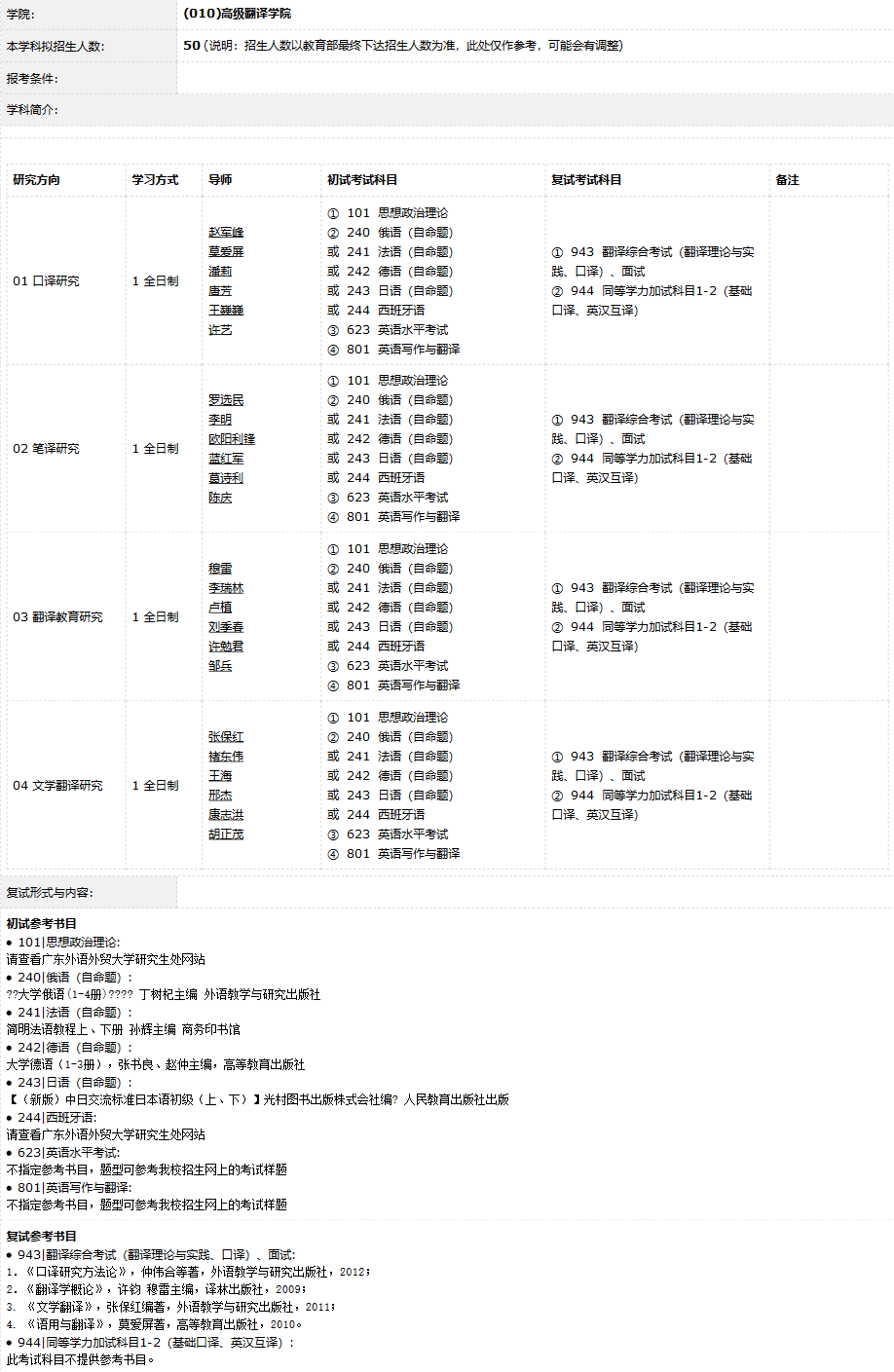
专业院校排名
| 序号 | 学校代码 | 学校名称 | 评选结果 |
| 1 | 10001 | 北京大学 | A+ |
| 2 | 10030 | 北京外国语大学 | A+ |
| 3 | 10271 | 上海外国语大学 | A+ |
| 4 | 10212 | 黑龙江大学 | A |
| 5 | 10248 | 上海交通大学 | A |
| 6 | 10284 | 南京大学 | A |
| 7 | 10335 | 浙江大学 | A |
| 8 | 11846 | 广东外语外贸大学 | A |
| 9 | 10003 | 清华大学 | A- |
| 10 | 10006 | 北京航空航天大学 | A- |
| 11 | 10027 | 北京师范大学 | A- |
| 12 | 10036 | 对外经济贸易大学 | A- |
| 13 | 10246 | 复旦大学 | A- |
| 14 | 10269 | 华东师范大学 | A- |
| 15 | 10319 | 南京师范大学 | A- |
| 16 | 10422 | 山东大学 | A- |
| 17 | 10002 | 中国人民大学 | B+ |
| 18 | 10032 | 北京语言大学 | B+ |
| 19 | 10055 | 南开大学 | B+ |
| 20 | 10184 | 延边大学 | B+ |
| 21 | 10200 | 东北师范大学 | B+ |
| 22 | 10247 | 同济大学 | B+ |
| 23 | 10285 | 苏州大学 | B+ |
| 24 | 10384 | 厦门大学 | B+ |
| 25 | 10486 | 武汉大学 | B+ |
| 26 | 10532 | 湖南大学 | B+ |
| 27 | 10542 | 湖南师范大学 | B+ |
| 28 | 10558 | 中山大学 | B+ |
| 29 | 10610 | 四川大学 | B+ |
| 30 | 10635 | 西南大学 | B+ |
| 31 | 10650 | 四川外国语大学 | B+ |
| 32 | 10724 | 西安外国语大学 | B+ |
| 33 | 10008 | 北京科技大学 | B |
| 34 | 10028 | 首都师范大学 | B |
| 35 | 10031 | 北京第二外国语学院 | B |
| 36 | 10068 | 天津外国语大学 | B |
| 37 | 10172 | 大连外国语大学 | B |
| 38 | 10183 | 吉林大学 | B |
| 39 | 10273 | 上海对外经贸大学 | B |
| 40 | 10346 | 杭州师范大学 | B |
| 41 | 10353 | 浙江工商大学 | B |
| 42 | 10394 | 福建师范大学 | B |
| 43 | 10423 | 中国海洋大学 | B |
| 44 | 10475 | 河南大学 | B |
| 45 | 10487 | 华中科技大学 | B |
| 46 | 10511 | 华中师范大学 | B |
| 47 | 10718 | 陕西师范大学 | B |
| 48 | 11646 | 宁波大学 | B |
| 49 | 10004 | 北京交通大学 | B- |
| 50 | 10213 | 哈尔滨工业大学 | B- |
| 51 | 10231 | 哈尔滨师范大学 | B- |
| 52 | 10254 | 上海海事大学 | B- |
| 53 | 10280 | 上海大学 | B- |
| 54 | 10345 | 浙江师范大学 | B- |
| 55 | 10445 | 山东师范大学 | B- |
| 56 | 10446 | 曲阜师范大学 | B- |
| 57 | 10459 | 郑州大学 | B- |
| 58 | 10559 | 暨南大学 | B- |
| 59 | 10561 | 华南理工大学 | B- |
| 60 | 10574 | 华南师范大学 | B- |
| 61 | 10608 | 广西民族大学 | B- |
| 62 | 10611 | 重庆大学 | B- |
| 63 | 10698 | 西安交通大学 | B- |
| 64 | 10736 | 西北师范大学 | B- |
| 65 | 11117 | 扬州大学 | B- |
| 66 | 10007 | 北京理工大学 | C+ |
| 67 | 10053 | 中国政法大学 | C+ |
| 68 | 10065 | 天津师范大学 | C+ |
| 69 | 10108 | 山西大学 | C+ |
| 70 | 10165 | 辽宁师范大学 | C+ |
| 71 | 10270 | 上海师范大学 | C+ |
| 72 | 10272 | 上海财经大学 | C+ |
| 73 | 10287 | 南京航空航天大学 | C+ |
| 74 | 10290 | 中国矿业大学 | C+ |
| 75 | 10357 | 安徽大学 | C+ |
| 76 | 10414 | 江西师范大学 | C+ |
| 77 | 10476 | 河南师范大学 | C+ |
| 78 | 10530 | 湘潭大学 | C+ |
| 79 | 10593 | 广西大学 | C+ |
| 80 | 10602 | 广西师范大学 | C+ |
| 81 | 10613 | 西南交通大学 | C+ |
| 82 | 10636 | 四川师范大学 | C+ |
| 83 | 10730 | 兰州大学 | C+ |
| 84 | 11414 | 中国石油大学 | C+ |
| 85 | 10022 | 北京林业大学 | C |
| 86 | 10033 | 中国传媒大学 | C |
| 87 | 10094 | 河北师范大学 | C |
| 88 | 10140 | 辽宁大学 | C |
| 89 | 10151 | 大连海事大学 | C |
| 90 | 10252 | 上海理工大学 | C |
| 91 | 10299 | 江苏大学 | C |
| 92 | 10451 | 鲁东大学 | C |
| 93 | 10491 | 中国地质大学 | C |
| 94 | 10534 | 湖南科技大学 | C |
| 95 | 10590 | 深圳大学 | C |
| 96 | 10637 | 重庆师范大学 | C |
| 97 | 10697 | 西北大学 | C |
| 98 | 11065 | 青岛大学 | C |
| 99 | 90002 | 国防科技大学 | C |
| 100 | 10075 | 河北大学 | C- |
| 101 | 10079 | 华北电力大学 | C- |
| 102 | 10126 | 内蒙古大学 | C- |
| 103 | 10203 | 吉林师范大学 | C- |
| 104 | 10251 | 华东理工大学 | C- |
| 105 | 10288 | 南京理工大学 | C- |
| 106 | 10320 | 江苏师范大学 | C- |
| 107 | 10386 | 福州大学 | C- |
| 108 | 10403 | 南昌大学 | C- |
| 109 | 10512 | 湖北大学 | C- |
| 110 | 10520 | 中南财经政法大学 | C- |
| 111 | 10652 | 西南政法大学 | C- |
| 112 | 10656 | 西南民族大学 | C- |
| 113 | 10673 | 云南大学 | C- |
| 114 | 10681 | 云南师范大学 | C- |
| 115 | 10749 | 宁夏大学 | C- |

